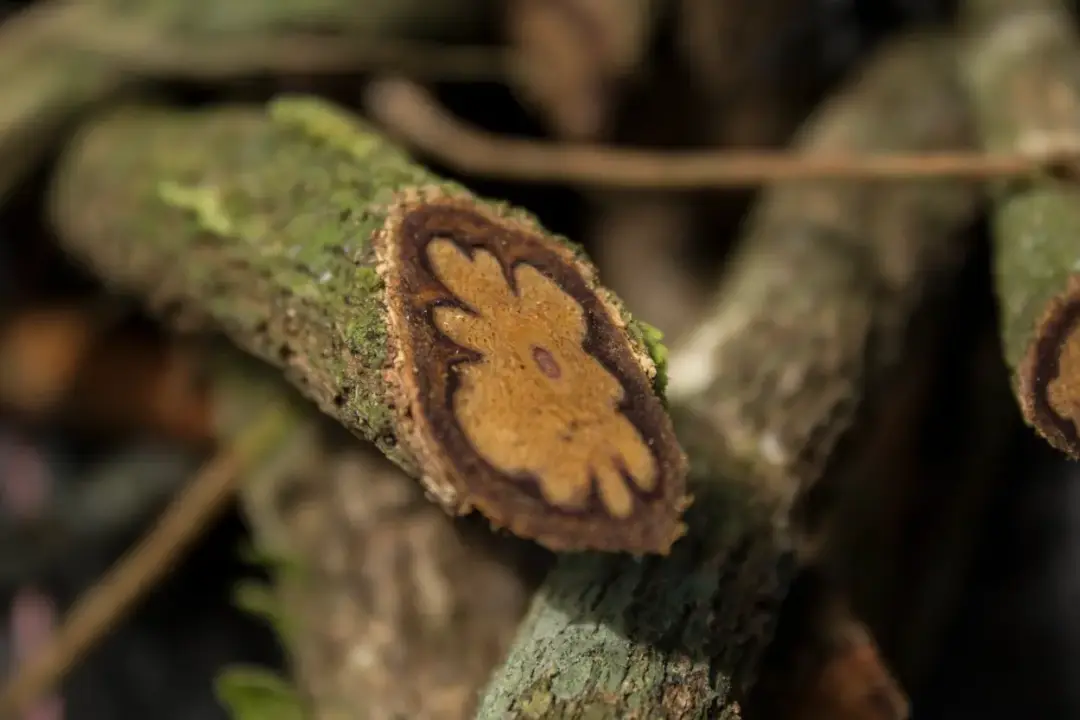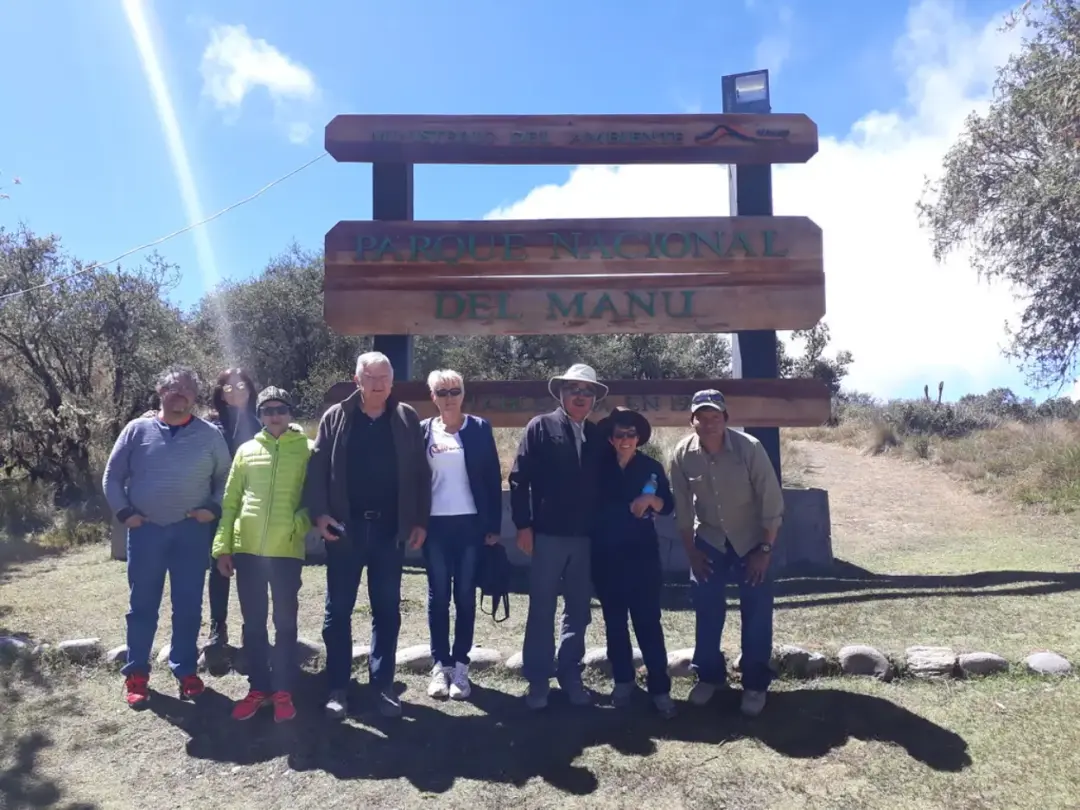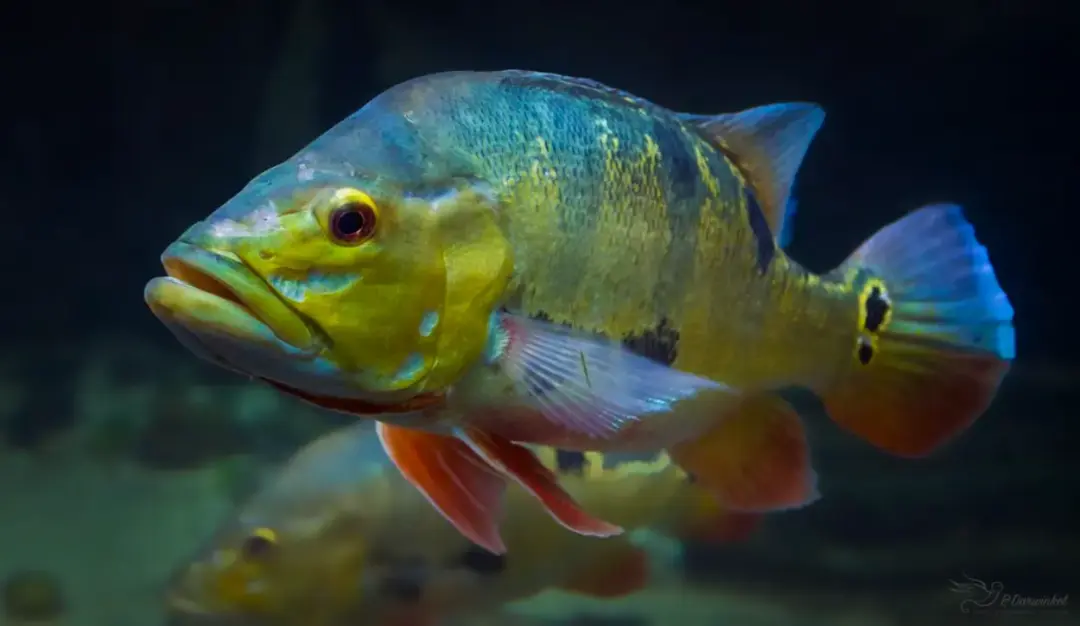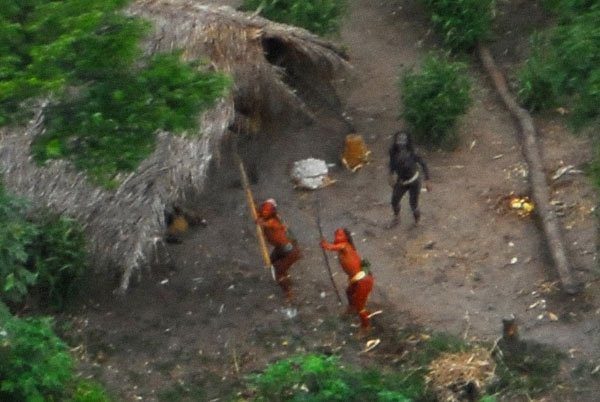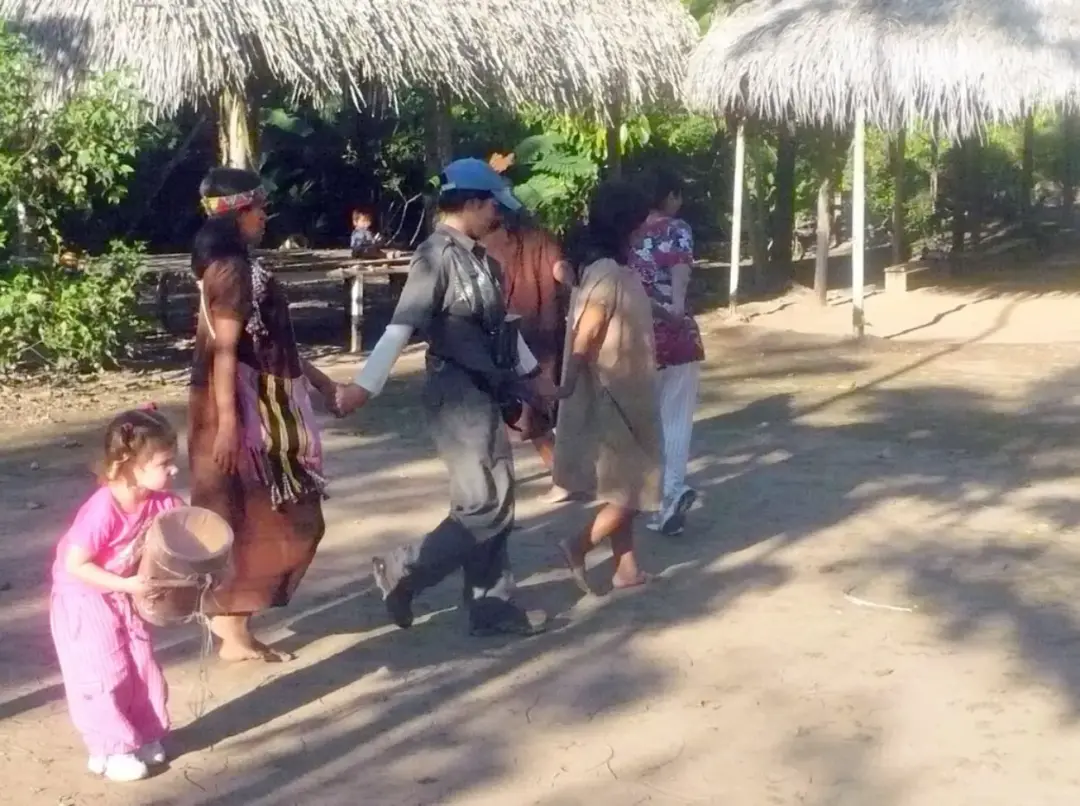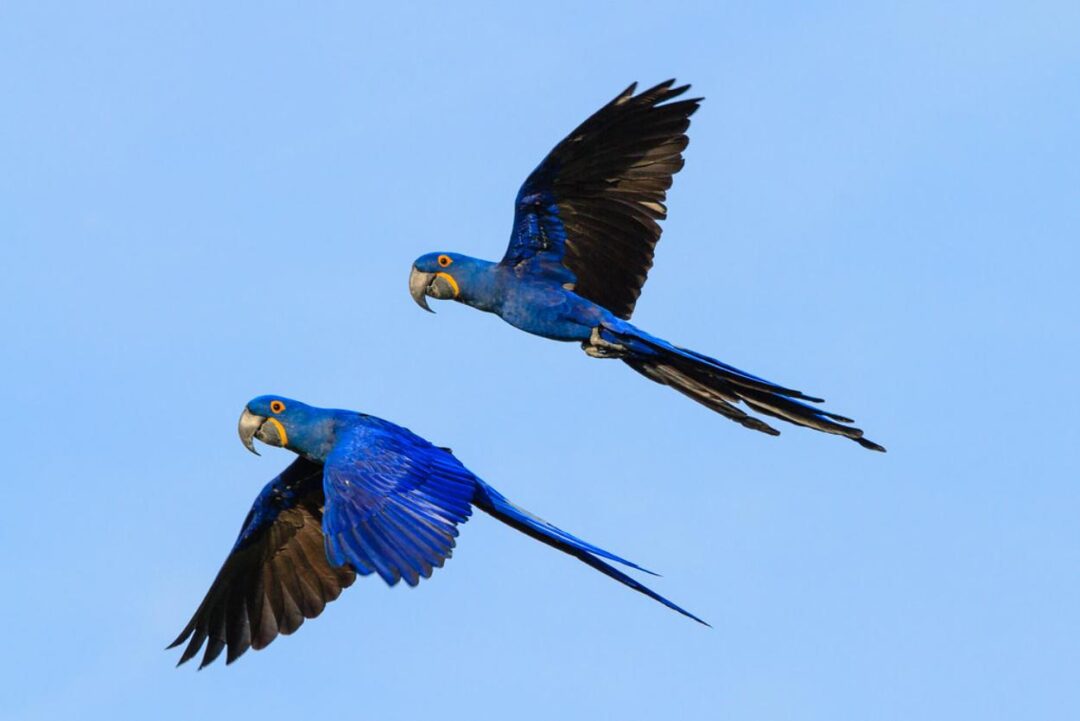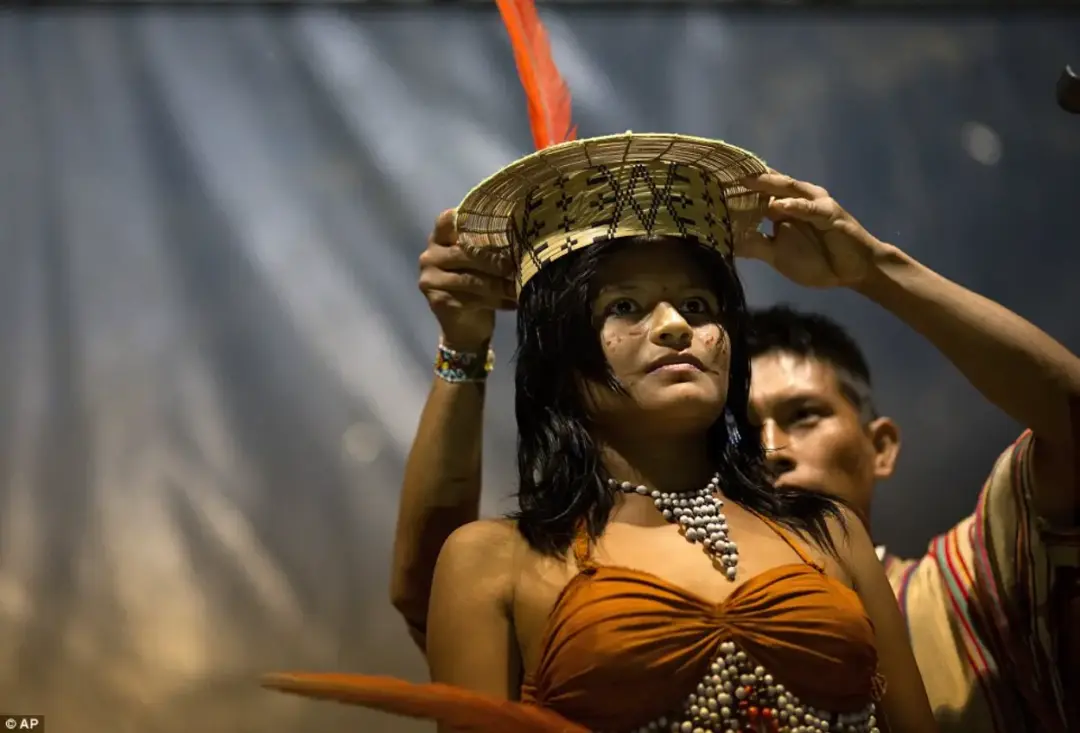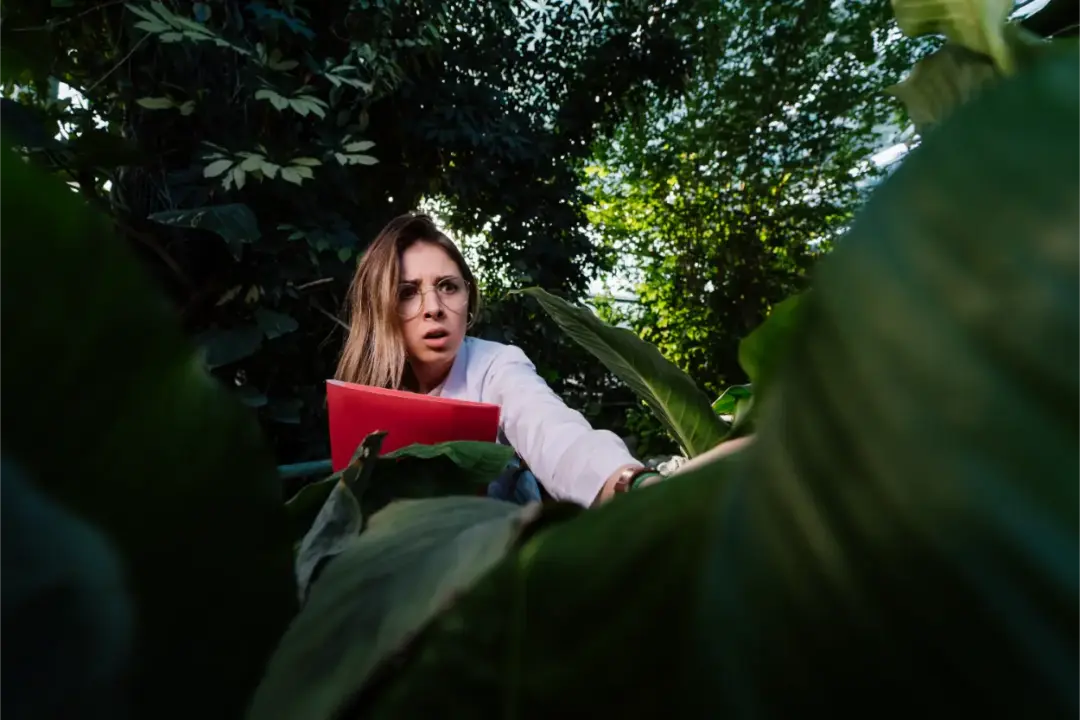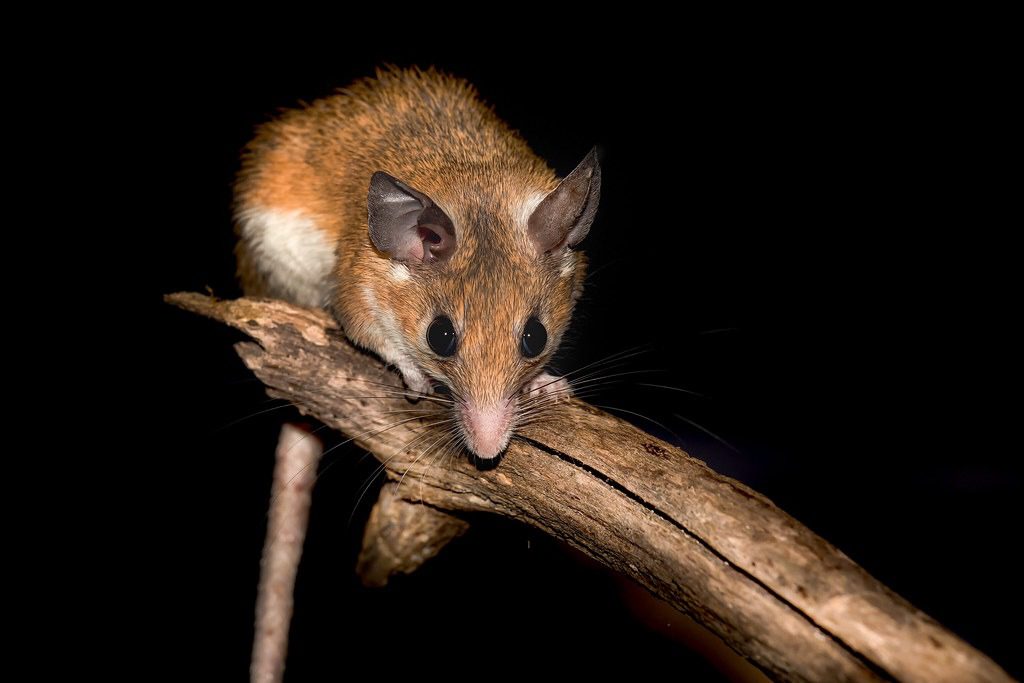Reptiles of the Tambopata Reserve: A Diverse World Awaits
The Tambopata reptiles add a remarkable dimension to the ecological mosaic of the Tambopata Reserve, a true sanctuary nestled in the vibrant Peruvian Amazon. This biodiverse region is not only home to an array of stunning wildlife but also showcases the intricate adaptations that reptiles have developed to thrive in such a rich, complex ecosystem. Let’s embark on a journey to explore these captivating creatures, their ecological roles, and the unique features that make them stand out within this lush environment.
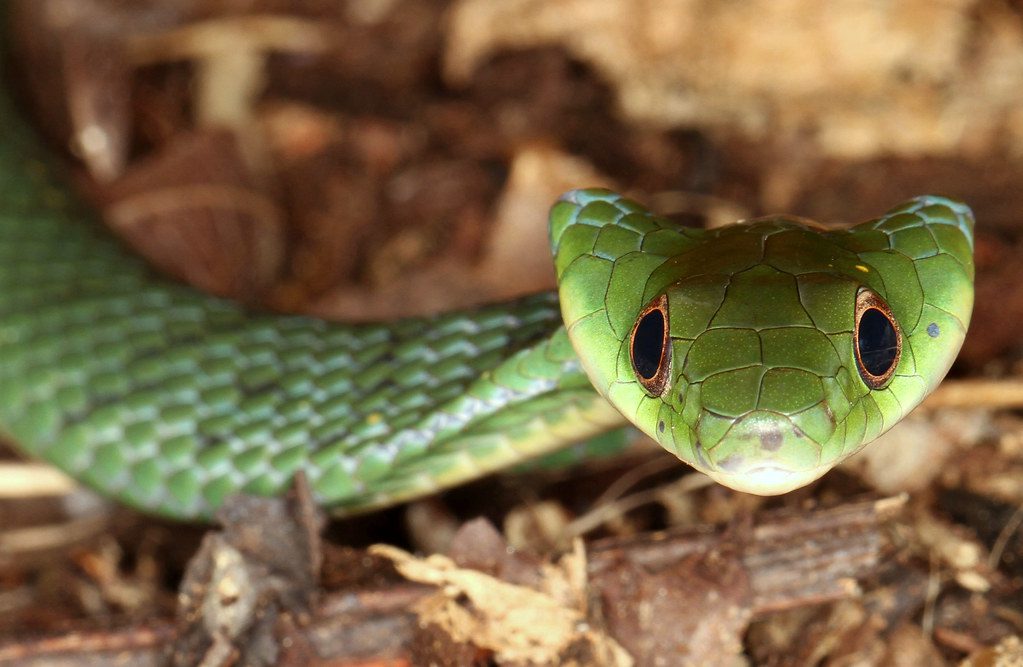
The Ecological Importance of Reptiles
Reptiles play a pivotal role in the ecosystems they inhabit, and the Tambopata Reserve is no exception. Acting as both predators and prey, reptiles help regulate the populations of other species, ensuring ecological balance. For instance, snakes and lizards keep rodent and insect populations in check, while larger reptiles like caimans are key predators within aquatic environments. This dynamic interaction facilitates the health and stability of ecological communities.
Moreover, reptiles are crucial for seed dispersal and plant growth. The herbivorous diets of many species, such as iguanas, promote forest regeneration by dispersing seeds as they consume fruits and leaves. Additionally, their nesting behaviors and habitat choices create diverse microhabitats, fostering a variety of other species. Without these reptiles, the resilience of the ecosystem could be severely compromised.
Spotlight on Iconic Species
The Majestic Green Iguana
One of the most charismatic residents of the Tambopata Reserve is undoubtedly the green iguana (Iguana iguana). Known for its striking green coloration, this impressive lizard can grow up to six feet in length. Often seen basking in the sun or expertly navigating the treetops, the green iguana perfectly embodies adaptability in tropical habitats.
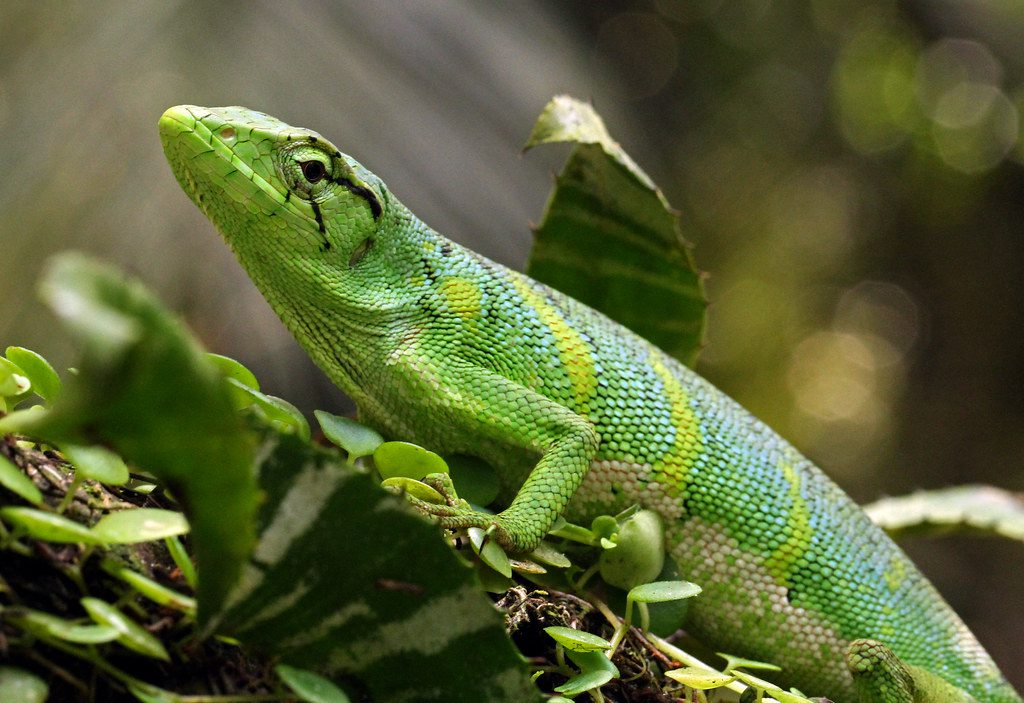
Not only is the green iguana a remarkable sight, but it also plays an essential role in its ecosystem. As primarily herbivorous creatures, they predominantly feed on leaves, flowers, and fruits, aiding in seed dispersal and the regeneration of various plant species. Their presence in the canopy contributes to a thriving ecosystem, creating a symbiotic relationship between these lizards and their environment.
The Enigmatic Green Anaconda
The green anaconda (Eunectes murinus) is another iconic reptile of the Tambopata Reserve. Famous for its immense size, this snake can reach lengths of up to 30 feet, rendering it one of the largest snakes in the world. Anacondas are predominantly aquatic, residing in swamps and slow-moving rivers, where their camouflage and stealth make them formidable ambush predators.
Feeding on a diet that can include fish, birds, and even small mammals, the green anaconda is a remarkable predator. Its unique constriction technique, coiling around prey to immobilize it before swallowing whole, showcases the adaptations that have allowed it to thrive in the Amazon Basin. Encountering a green anaconda in its natural habitat is often described as unforgettable, though it’s advisable to maintain a safe distance and approach with respect.
Reptilian Diversity in Freshwater Ecosystems
The Black-Spotted River Turtle
As you explore the waterways of the Tambopata Reserve, you may come across the black-spotted river turtle (Podocnemis unifilis). These semi-aquatic turtles thrive in the Amazon’s slow streams and riverbanks, basking in the sun and gliding through the water. Their distinct markings not only contribute to their beauty but also serve as camouflage against potential predators.
The black-spotted river turtle plays a vital role in the ecosystem, helping to maintain healthy aquatic habitats. However, their populations are increasingly threatened by habitat destruction and poaching. Conservation efforts are underway, focusing on protecting nesting sites and educating local communities about the ecological importance of these enchanting turtles.
The Spectacled Caiman
Another remarkable reptile native to the Tambopata Reserve is the spectacled caiman (Caiman crocodilus). Named for the bony ridge that gives the appearance of spectacles, these adept swimmers can grow up to eight feet long. Often found lounging on riverbanks or lurking just beneath the water’s surface, they are highly skilled predators that play a crucial role in maintaining the region’s aquatic ecosystems.
Spectacled caimans help control fish populations while providing a food source for larger predators, including jaguars and anacondas. Their reproductive behavior is fascinating; females build nests on riverbanks, fiercely guarding their eggs. This parental care underscores the caiman’s vital role in sustaining the delicate balance of its ecosystem.
Colorful Amphibians in the Mix
While technically not reptiles, the poison dart frogs that inhabit the Tambopata Reserve contribute significantly to the vibrant pulse of this ecosystem. Known for their brilliant colors that serve as a warning to predators, these small amphibians are both stunning and lethal. Their toxicity comes from specific compounds acquired through their diet of ants and other small invertebrates.
The toxicity of poison dart frogs highlights the delicate balance of the ecosystem. Their health can reflect the overall health of their environment, making conservation efforts critical. Protecting the habitats of these colorful amphibians not only safeguards their population but also benefits the numerous reptiles and other wildlife sharing the same environment.
Conservation Challenges and Initiatives
Despite the enthralling diversity of reptiles in the Tambopata Reserve, these creatures face significant challenges. Deforestation driven by agriculture and illegal logging poses a severe threat to both habitats and wildlife. The very ecosystems that support these reptiles are at risk, which highlights the urgent need for conservation efforts to protect their environments.
In response to these challenges, various conservation organizations and the Peruvian government have initiated programs designed to protect this unique biodiversity. These efforts include establishing protected areas, promoting sustainable tourism, and engaging local communities in conservation projects. When communities take ownership of conservation efforts, the benefits can ripple through the ecosystem.
The Promise of Ecotourism
Ecotourism offers exciting opportunities for exploration and conservation in the Tambopata Reserve. This responsible travel approach not only allows visitors to immerse themselves in the beauty and mystery of the rainforest but also supports local communities and wildlife conservation efforts. Guided tours led by local experts ensure that travelers receive an enriching experience while learning about the ecological importance of the area’s reptiles.
Visitors to the Tambopata Reserve can engage with the rich biodiversity, from observing iguanas basking in the sun to spotting caimans gliding silently through the water. These experiences foster a deeper appreciation for wildlife and encourage a commitment to preserving the incredible ecosystems of the Amazon. The thrill of encountering these magnificent reptiles in their natural habitat is both an adventure and a call to action for conservation.
Conclusion: A Call for Conservation and Awareness
The diverse reptiles of the Tambopata Reserve illuminate the incredible natural world that thrives in the heart of the Peruvian Amazon. From the resplendent green iguana to the mysterious green anaconda and the stunning poison dart frogs, each species contributes to the rich tapestry of life in this unique ecosystem.
As global citizens, it is our collective responsibility to support and advocate for the conservation of these remarkable reptiles and their habitats. By recognizing the importance of biodiversity and engaging in sustainable practices, we can help ensure that future generations will continue to marvel at the breathtaking reptiles of Tambopata. Whether you are an adventure-seeker or a wildlife enthusiast, joining the efforts to protect these captivating creatures will undoubtedly lead to a more vibrant planet for all.



